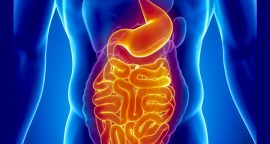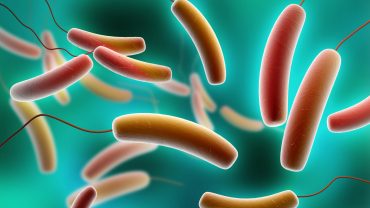
Escherichia coli is a Gram-positive, facultative, aerobic, rod-shaped, anaerobic bacterium belonging to the family Escherichiales, which are commonly present in the lower intestinal tract of warm-blooded animals. As the name suggests, it is a member of the E. coli family.
This organism is able to infect different strains of microorganisms, such as the enterococci (types b, c and d) and the streptococci (types A and E). It can also infect other microorganisms such as salmonella and the listeria. The exact cause of E. coli is still unknown; however, most experts believe that its main source is direct exposure to animal feces, or to an environment where animal feces are frequent.
The organism can be identified by a certain set of characteristics: the presence of six S-forms that indicate the degree of aerobic metabolism (oxygen-requiring), two types of membrane bound flagellar bodies that allow an exchange of chemicals between cells, and the absence of a cellular lysosomal system. Because of these characteristics, Escherichia coli is also recognized as a "species-specific" pathogen, meaning that only particular strains of organisms can be infected by this bacterium. In fact, the pathogen was first isolated by the German bacteriologist Reinhold Wesiek in 1933; his experiment on human volunteers revealed the existence of an organism, now known as ES2, which had the same characteristics as Escherichia coli. Since then, there have been many efforts to develop antibiotics that can kill this bacteria.
Escherichia coli can cause diarrhea and abdominal cramps, but it can also cause serious problems, including esophagitis and pneumonia, as well as the formation of blood clots and pulmonary embolism. It is important for individuals with this disease to receive regular medical care. Although there is no permanent cure for this pathogen, treatment can alleviate the symptoms and help to reduce the risk of complications. For instance, antibiotics are available to treat severe cases of diarrhea, which may lead to dehydration, shock and even death. These drugs kill harmful bacteria and viruses that can cause the illness.
Antibiotics are also used to treat cases of esophagealitis, or bleeding from the esophagus, which can be caused by bacteria that has been able to infiltrate the lining of the digestive system and enter the bloodstream. There are several different antibiotics available to treat this condition, including amoxicillin and erythromycin, as well as sulfamethoxazole and gentamycin. However, if the symptoms of esophageal bleeding are too severe, it is best to seek immediate hospital treatment.

Another group of antibiotics that has shown promise for the treatment of E coli is erythromycin
The use of this drug is effective when the infection is caused by a resistant strain of the organism. The drug has a very long half-life, and the drug has been successful in treating infections caused by E. coli strains that have become resistant to other antibiotics. However, this drug may not work effectively for an infection caused by an E. coli with a lower level of resistance to other antibiotics.
One of the best ways to prevent an infection from recurring is through antibiotic therapy. In order to achieve this, doctors usually prescribe a course of treatment that involves an initial antibiotic treatment followed by subsequent doses. Some medications include: amoxicillin and penicillin, doxycycline and cephalosporins.
If you are thinking about undergoing antibiotic therapy for a case of Escherichia coli, you should discuss the possibility of side effects with your doctor. Be sure to carefully consider the possible side effects of any medicine and take them into consideration before beginning any type of antibiotic treatment for the illness.
Even though antibiotic drugs can be effective in treating a more serious infection such as Escherichia coli, they can also be dangerous in some cases. If a person has a severe case of this infection, and it has not responded to standard treatments, it may be necessary to perform a procedure known as "culture-based eradication" to kill the bacteria entirely.
In a culture-based elimination, an E. coli sample is cultured using a culture medium in a laboratory in order to remove all traces of the bacteria. Once the culture is complete, the E. coli will then be put into a centrifuge and released into a container where it will be mixed with water. This mixture will help to destroy all of the bacteria that have been added to it.
Antibiotics are a crucial component of many types of treatment for this condition, and the medications can be administered by yourself at home or can be purchased over the counter. Most medications are available for purchase over the counter and are generally safe to use. However, it is best to talk to your doctor before deciding which type of antibiotic to use. Be sure to read the directions for any medications that you are considering taking.

